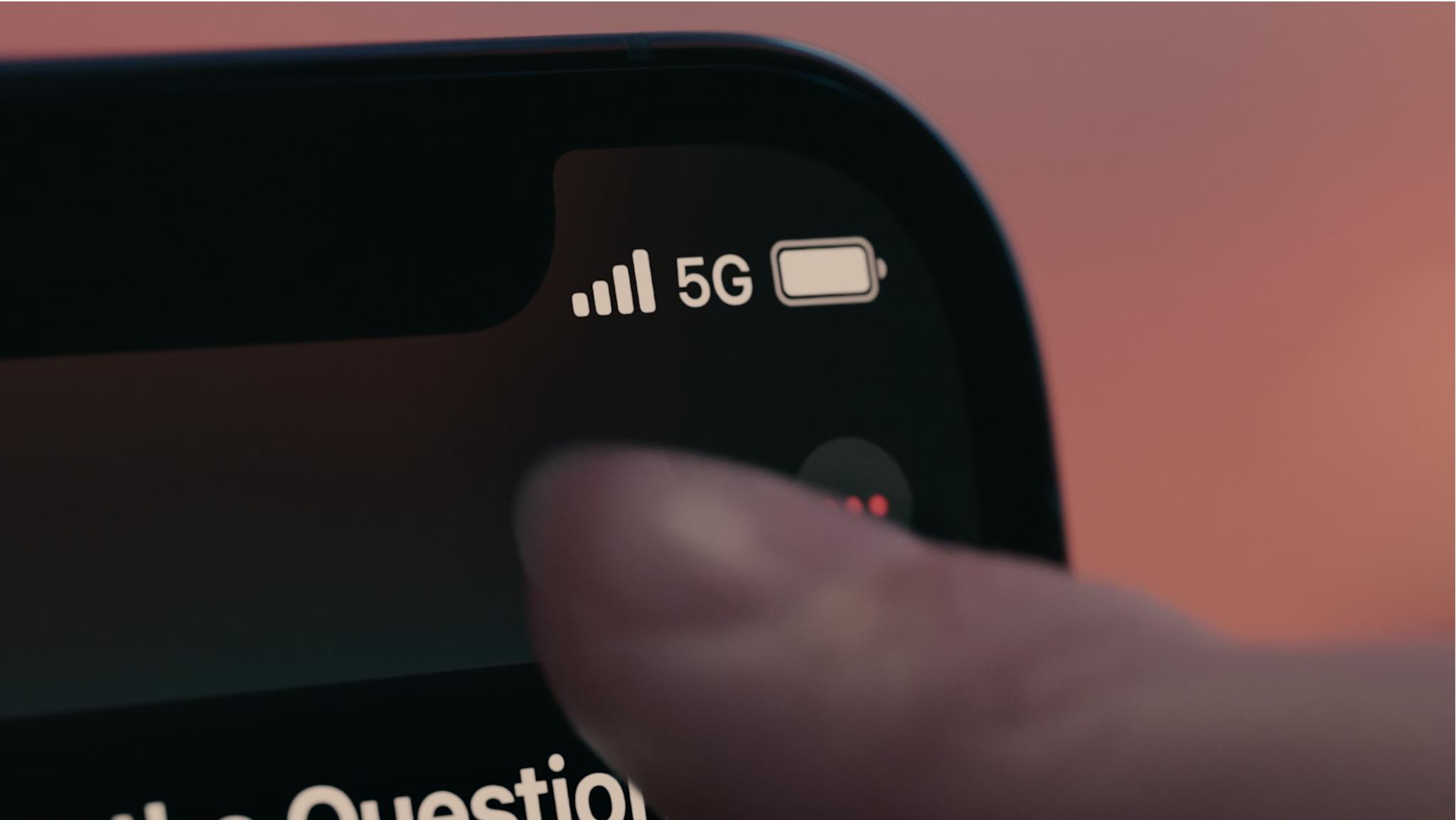50 airports are getting temporary protection from new 5G signals

What you need to know
- 50 airports will get e temporary buffer ensuring they aren't covered by new C-band 5G connectivity.
- The FAA is concerned that C-band antennas could affect onboard flight systems.
- The buffers will be in place for six months after C-band 5G coverage goes live.
A total of 50 airports across the United States are being given temporary protection from new 5G coverage to ensure safety, according to a new report. This comes following concerns from the Federal Aviation Administration (FAA) that C-band network masts could disrupt the flight systems used by airplanes.
According to a Cnet report, the 50-strong list includes hubs including John F. Kennedy International in New York City, Los Angeles International, and Chicago's O'Hare International. All of the airports are in areas where C-band 5G coverage is expected to go live on January 19.
A statement by the FAA notes all 50 airports as well as saying that the "FAA continues to work with the aerospace manufacturers and wireless companies to make sure 5G is safely deployed and to limit the risk of flight disruptions at all airports."
The temporary buffer zones will ensure that landing airplanes will have around 20 seconds of signal-free airtime, according to the Cnet report.
The temporary buffer zones encompass slightly more than a mile around landing runways that completely ban C-band 5G signal, providing planes with 20 seconds of signal-free time while they come in for landing.
The ongoing 5G rollout is a big deal for carriers. Verizon recently announced that it will bring 5G Ultra Wideband connectivity to 100 million people this month with more than 1,700 cities covered.
Master your iPhone in minutes
iMore offers spot-on advice and guidance from our team of experts, with decades of Apple device experience to lean on. Learn more with iMore!

Oliver Haslam has written about Apple and the wider technology business for more than a decade with bylines on How-To Geek, PC Mag, iDownloadBlog, and many more. He has also been published in print for Macworld, including cover stories. At iMore, Oliver is involved in daily news coverage and, not being short of opinions, has been known to 'explain' those thoughts in more detail, too. Having grown up using PCs and spending far too much money on graphics card and flashy RAM, Oliver switched to the Mac with a G5 iMac and hasn't looked back. Since then he's seen the growth of the smartphone world, backed by iPhone, and new product categories come and go. Current expertise includes iOS, macOS, streaming services, and pretty much anything that has a battery or plugs into a wall. Oliver also covers mobile gaming for iMore, with Apple Arcade a particular focus. He's been gaming since the Atari 2600 days and still struggles to comprehend the fact he can play console quality titles on his pocket computer.
